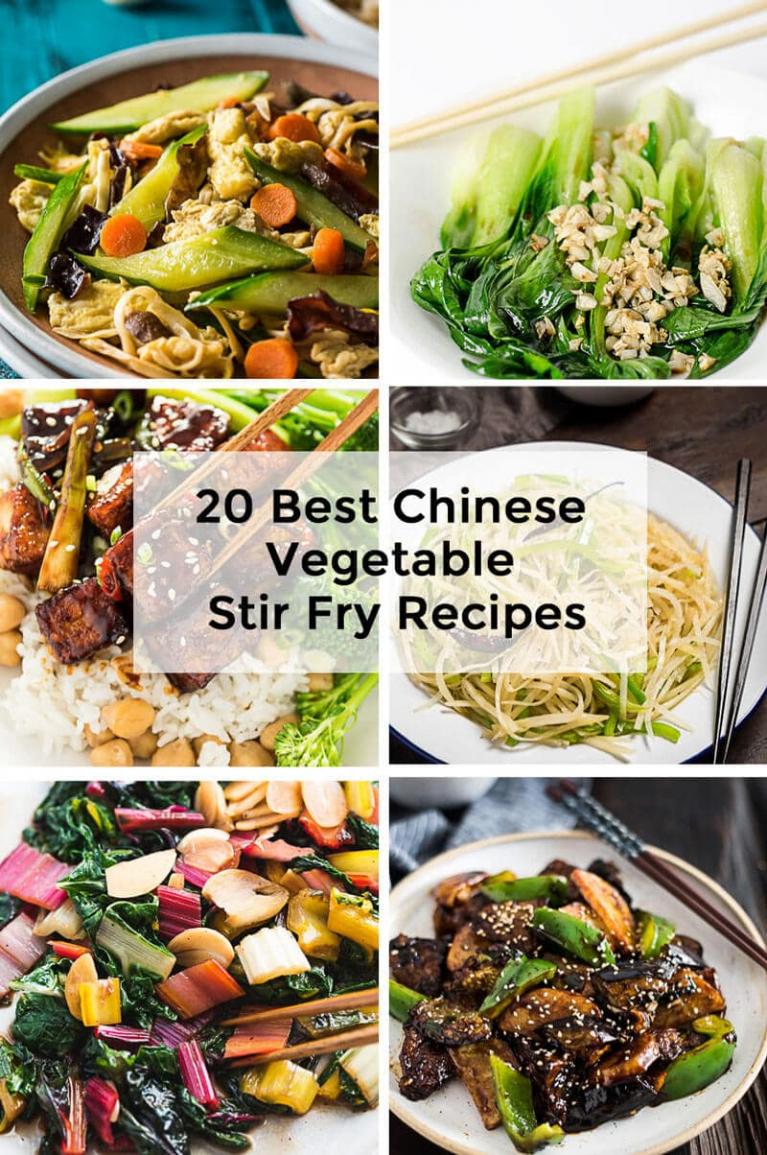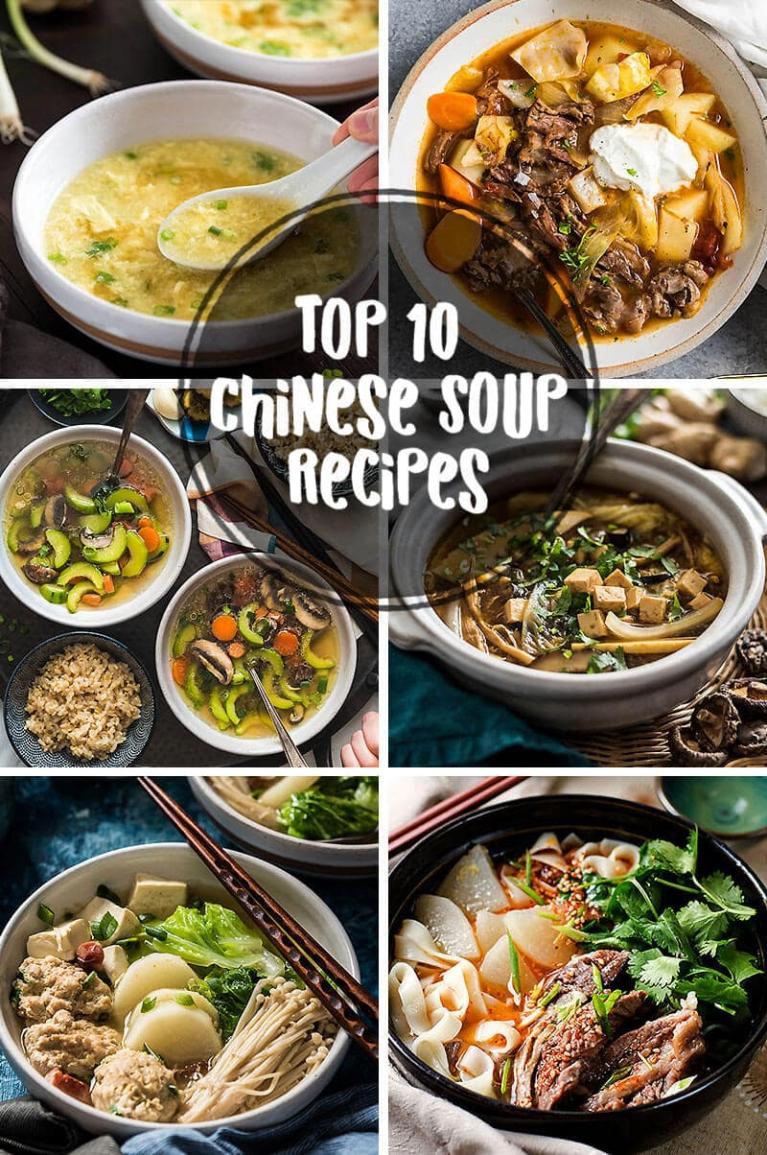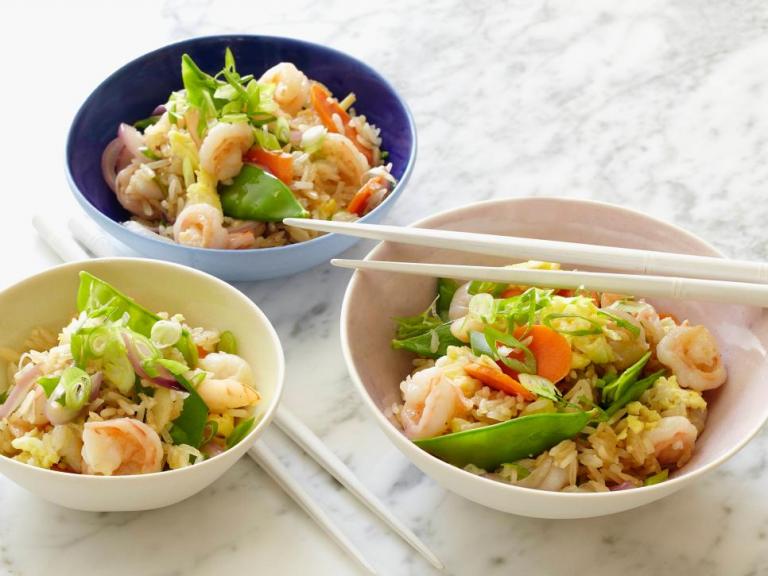Chinese cooking tips
3 min readIf you have always wanted to try cooking Chinese food at home, but have been put off by the daunting thought of following recipes with intricate preparations and complicated cooking techniques; or your attempts have somehow never quite managed to achieve that subtle flavour and delicate texture which are the hallmarks of authentic Chinese cooking, then this article will, for the first time, reveal to you the simple ‘secrets’ of the Chinese kitchen.

First of all, not everyone realises that there is a world of difference between food produced by the commercial establishments and that of the ordinary homes in China. This is not just because of a difference in skills between the professional chefs and the home cooks, but more a matter of a difference in the style of cooking based on resources and facilities which are strikingly varied between a restaurant and a home kitchen.
Secondly, almost all the Chinese cookbooks in English have been written by people who have little or no knowledge of a Chinese restaurant kitchen; they usually contain recipes drastically modified in order to accommodate the average home cook in the West, and often with misleading instructions for the various cooking techniques, or inaccurate explanations of the use of special ingredients and seasonings. No wonder so many would-be Chinese cooks have been disappointed and frustrated by their attempts to produce their favourite restaurant dishes at home.
I have been involved with Chinese cookery since early childhood, as I first learnt cooking from my mother and the family cook in China. Later on, I took lessons ‘from some of the leading Chinese chefs in England and Hong Kong, and have since spent a great deal of time in many restaurants in different parts of the world. I have also over twelve years’ worldwide teaching experience of Chinese cookery to home cooks as well as to professionals – and so I have a deep understanding of the obstacles that prevent anyone from producing Chinese dishes of restaurant quality at home.

Fortunately, very few of the ‘obstacles’ are insurmountable, and with the help of this book, it is my sincere hope that you will be able to achieve that subtle flavour and delicate texture that have been eluding you up until now.
In the early days of inter-change between the East and the West, very few linguists were specialists in all the different fields (least of all on food and cooking). So once an English definition of a Chinese food or cooking method was struck upon, it was passed down in common usage and became established as fact, however inaccurate the original translation might have been. I have therefore inserted Chinese names for all the recipe names given in this book.
The recipes are arranged in groups according to the various cooking methods rather than the main ingredients, unlike the normal practice in a restaurant menu and in Western cookbooks. My main reason for breaking this convention is to avoid the tedium of too much unnecessary repetition of step- by-step cooking instructions for each individual recipe.
I have also allocated to each group of recipes a percentage mark for the feasibility of attaining a superb restaurant quality. Given the skills of the cook and the facilities available, one could expect, say, a 95%–100% success rate for certain dishes, but only 85%–90% for others.
Obviously different restaurants produce different food, and each chef has his specialties – it would be very boring to eat dishes tasting identical time after time, however good they are. So forget that particular delicious dish you had in the ‘Green Dragon’ last week, and aim to achieve your own individual mark. If it tastes good to you, and other people enjoy it as well, then you have succeeded and you can give yourself a 99%, if not a 100%, mark!









